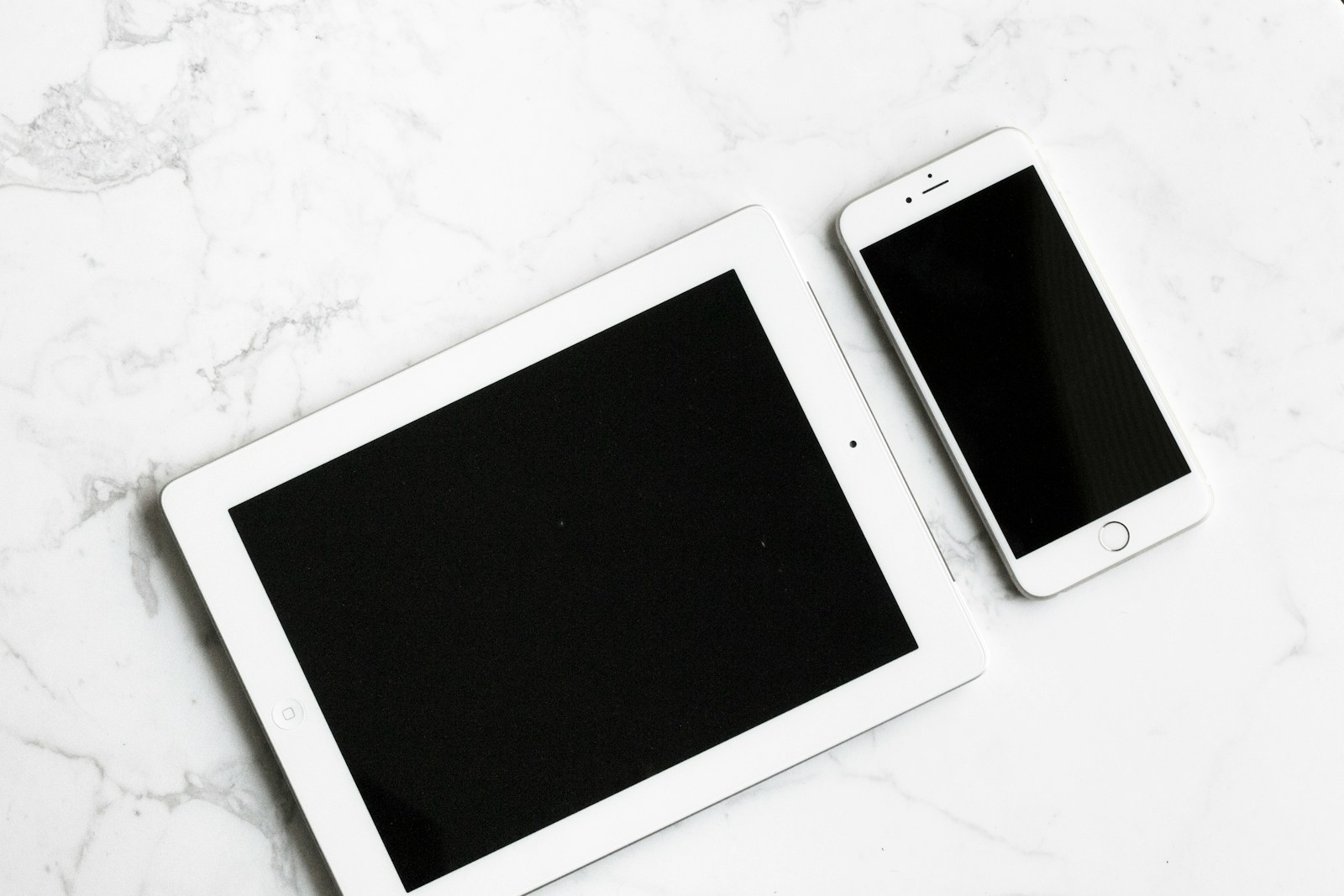The Internet of Things (IoT) has significantly reshaped our interaction with everyday devices, embedding connectivity and intelligence into objects that were once considered mundane. From smart home appliances to wearables, IoT technology is enhancing functionality, convenience, and efficiency in our daily lives. As we delve into 2024, let’s explore the latest developments in IoT and their impact on our everyday devices.

1. Smart Home Devices
The smart home ecosystem has expanded dramatically, introducing new devices and features that enhance our living spaces.
Smart Speakers and Displays: Devices like Amazon Echo and Google Nest Hub have evolved to include more advanced AI capabilities, allowing for seamless voice control of various household devices. Integration with other IoT devices, such as smart lights, thermostats, and security systems, enables users to create customized routines, enhancing energy efficiency and convenience.
IoT-Enabled Appliances: Refrigerators, washing machines, and ovens are becoming increasingly smart. For instance, new refrigerators now feature built-in cameras that allow users to see their groceries from their smartphones. Washing machines equipped with IoT capabilities can optimize water and detergent usage based on load size, significantly reducing waste.
2. Wearable Technology
Wearables are another area experiencing significant growth, driven by IoT advancements.
Health Monitoring Devices: Smartwatches and fitness trackers, such as the latest models from Apple and Fitbit, now offer advanced health monitoring features, including blood oxygen levels, ECG readings, and sleep analysis. These devices leverage IoT connectivity to provide real-time data sharing with health apps, allowing users to monitor their health more effectively.
Smart Clothing: Innovative companies are developing clothing embedded with IoT sensors that can monitor heart rates, body temperature, and activity levels. These smart fabrics can provide valuable insights into fitness and health, making them particularly useful for athletes and health-conscious consumers.
3. Connected Vehicles
The automotive industry is embracing IoT technology to enhance vehicle functionality and safety.
Smart Features: Modern vehicles are equipped with IoT capabilities that enable features like remote start, automatic updates, and integrated navigation systems that adapt to traffic conditions. These features enhance the driving experience and promote safer driving habits by providing real-time alerts and feedback.
Vehicle-to-Everything (V2X) Communication: V2X technology allows vehicles to communicate with each other and with infrastructure, such as traffic lights and road signs. This communication can improve traffic flow, reduce accidents, and enhance overall road safety. For instance, vehicles can receive alerts about upcoming hazards or traffic jams, allowing drivers to make informed decisions.
4. Smart Cities
IoT is playing a crucial role in the development of smart cities, improving urban living through enhanced connectivity.
Smart Infrastructure: Cities are increasingly using IoT sensors to monitor and manage resources efficiently. Smart streetlights equipped with sensors can adjust brightness based on ambient light levels and pedestrian activity, leading to energy savings and increased safety.
Waste Management Solutions: IoT-enabled waste bins can monitor fill levels and optimize collection routes for waste management services. This approach not only reduces operational costs but also minimizes the environmental impact by ensuring that waste is collected only when necessary.
5. Home Security Systems
IoT technology is revolutionizing home security, offering more robust and user-friendly solutions.
Smart Cameras and Alarms: Modern security systems are equipped with IoT cameras that provide real-time video feeds accessible from smartphones. These systems can detect unusual activity and send instant alerts to homeowners, enhancing security and peace of mind.
Integrated Systems: Home security devices can now integrate with other smart home features, allowing users to create automated responses to potential threats. For example, if a security camera detects movement while the homeowner is away, it can trigger lights to turn on, deterring potential intruders.
Conclusion
The impact of IoT on everyday devices is profound and far-reaching, enhancing the functionality and efficiency of products we use daily. From smart home appliances and wearables to connected vehicles and smart cities, the latest developments in IoT are shaping how we live, work, and interact with our environment.
As we move forward, the continued evolution of IoT technology promises to bring even more innovative solutions, making our lives more convenient and connected. With the integration of AI, machine learning, and advanced analytics, IoT will likely play an even more significant role in personalizing our experiences and addressing the challenges of modern living. Embracing these advancements will not only improve our quality of life but also pave the way for a more sustainable and efficient future.